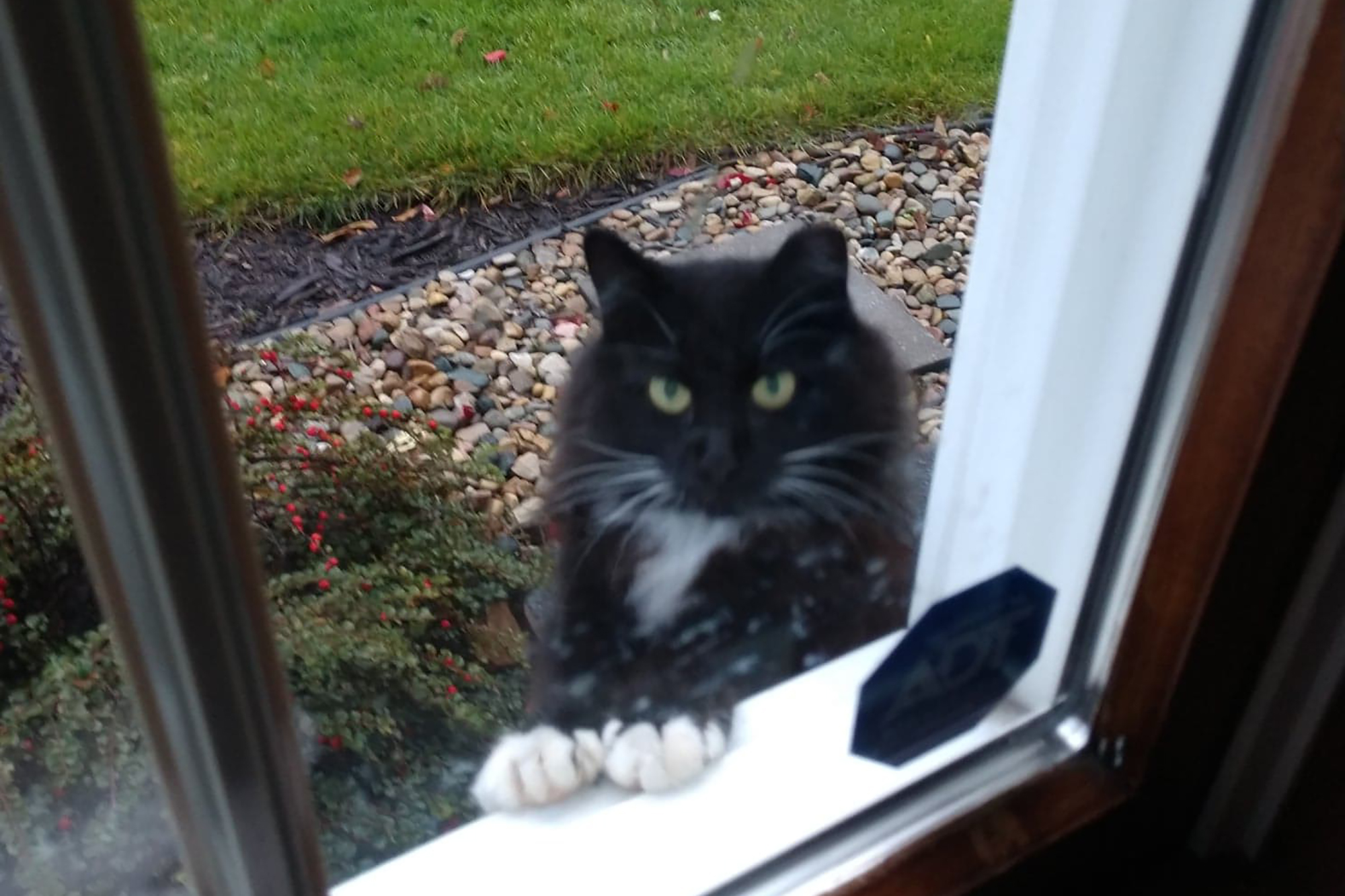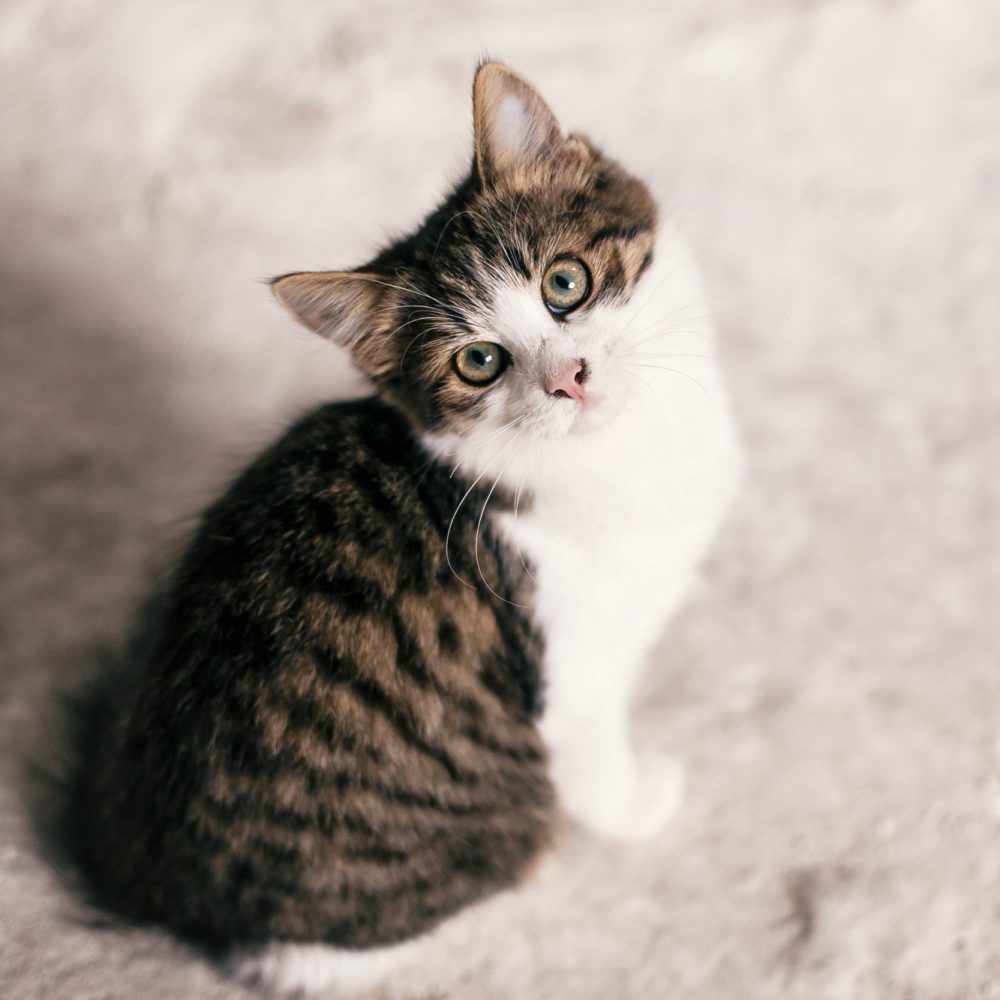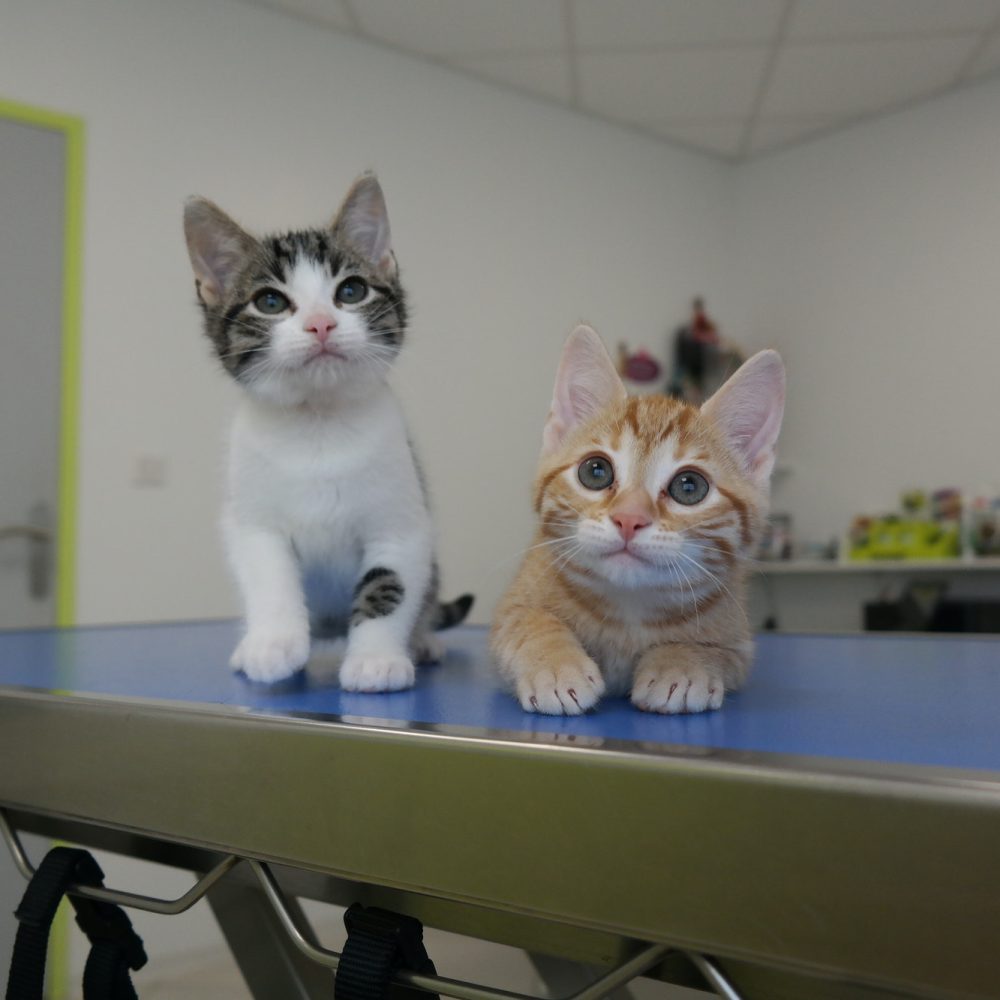
Email Address
elkhartferalcats@hotmail.com
Phone Number
(574) 214-7125
Our Location
Elkhart, IN 46514

elkhartferalcats@hotmail.com
(574) 214-7125
Elkhart, IN 46514



Strong passions emerge from both sides of the issues concerning free-roaming cats. Myths, misunderstandings and controversies can obstruct progress and interfere with the humane care of these cats. Learn what is true, what we don’t really know and discover some new perspectives on some old theories.
Where do feral-behaving cats and pet cats come from?
A large scientific study revealed that free-roaming cats (tame, stray, feral and in-between) are largely responsible for the homeless tame cat population in shelters. Therefore, spay/neuter aimed only at the owned cat population will not sufficiently reduce shelter intake. Focusing widespread spay/neuter on free-roaming cat populations should make the greatest, most immediate impact on shelter intakes and euthanasia.
How many feral cats are there?
No one really knows. At best, population totals are guesstimates, that is, estimates involving guesswork. One scientific study involved a telephone survey of a mid-sized community to determine the number of owned pet cats / household plus, whether free-roaming cats were also being fed and how many per household. Based on this data, a formula was developed to estimate free-roaming cat populations in communities: 0.5 cats/household using US census figures.
An independent study estimates the following for our area:
What is the number one cause of death of healthy pet cats in the USA?
A preventable condition: overpopulation. Approximately 25,000 healthy cats die in shelters each day awaiting the adoption that never comes. If a single disease were this devastating, it would be headline news. Fortunately, prevention is simple: spay/neuter.
Population statistics
Data from scientific studies yield facts to reveal truths about free-roaming cats. A study of 2332 female cats revealed an average of 1.4 litters/year with liters averaging three kittens/litter. Approximately 75% of kittens died or disappeared by six months of age. Trauma was most common cause of kitten death when cause could be identified. (From the Environmental Medicine Consortium (Nutter, Levine, Stoskopf) and the Departments of Clinical Sciences (Nutter, Stoskopf) and Population Health and Pathobiology (Levine), College of Veterinary Medicine, North Carolina State University, Raleigh, NC 27606. Published in the JAVMA, Vol 225, No. 9, November 1, 2004)
One recent study compiled data from seven groups in various geographic regions of the USA (including ECFCC) that involved 103,643 cats presented to TNR groups for sterilization. Intact female cats comprised 53.4%, intact male cats comprised 44.3% and the remaining cats were already altered. At surgery, 15.9% were pregnant with pregnancy rates peaking during March/April for all groups.
Regardless of latitude, from Hawaii to Seattle, kitten season was the same. Data does not support the perception of a persistent year round kitten season in any region. Only four out of one thousand cats were euthanized for poor health or debilitation. Unexpected deaths comprised only four out of one thousand cats (0.4%).
Is it safe to spay pregnant cats?
Experienced veterinarians can safely spay cats at any stage of pregnancy. Typical veterinarians can safely spay cats in early to middle stages of pregnancy. More precautions are required as pregnancy advances.
Ethics of spaying pregnant cats
If they are visibly pregnant then we wait until kittens are delivered & weaned.
Isn’t it safer to let a pregnant cat have kittens?
The birthing process is also a risk. Some cats die from complications before or during pregnancy. If these cats are free-roaming, no one knows about it. Serious problems also can occur after queening, such as mammary infections, poor milk production, uterine infections and lack of maternal instincts.
Can a nursing cat be spayed? Will she be able to produce milk after sugery?
Yes and yes. We spay lactating cats and they recover well. An experienced surgeon works easily between the mammary glands. After being spayed, the mother cat continues to produce milk as long as kittens nurse her. Their nursing action is what stimulates milk production.
ECFCC cares about the over-all physical needs of the animals we serve. As important as spaying and neutering is, we reach beyond that to encompass all of their basic needs in order to ensure a good quality of life.

Privacy Policy | Terms & Conditions © Copyright. All rights reserved.